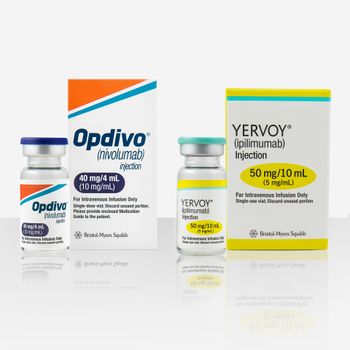
Star ratings must account for dual eligibles
Study investigates performance gaps between dual-eligible and non dual-eligible patients.
A recent study found a significant association between dual eligible status and lower performance on specific Medicare Star ratings for Medicare Advantage (MA) plans that manage more dual-eligible clients.
“There are about 10 million dual-eligible people in the United States, and they cost the healthcare system about 60% more than typical Medicare patients,” according to Christie Teigland, PhD, director of statistical research at Inovalon, a provider of data-driven healthcare solutions, who released the study.
Because MA plans receive a capitated reimbursement from CMS for each beneficiary they manage, which can represent up to 5% of a health plan’s revenue per patient, MA plans focus on quality measures as dictated by the CMS’s Five-Star Quality Rating System.
“It becomes important to achieve the ratings for their ability to fund care and ultimately be sustained MA plans that demonstrate the quality level that CMS is looking for,” Dan Rizzo, chief innovation officer at Inovalon explains. “If plans have dual eligibles, and they are low performing because of the type of patients they are taking care of, they will get lower scores and less revenue from CMS.”
Ultimately, that will mean less care for the patient.
The study reviewed MA data extracted from Inovalon’s Medical Outcomes Research for Effectiveness and Economics Registry (MORE2 Registry) and isolated 1.6 million MA members; 16% were dual-eligible, according Teigland.
The results showed a significant performance gap between dual-eligible and non-dual members, even after adjusting for important socioeconomic and clinical risk factors.
“We found that this population fared statistically significantly worse on nine of the 10 measures,” Teigland says. “For instance, compared with non-dual members, 27% more of these dual-eligible members were given a high-risk medication that was not recommended for their condition, and 24% more were not getting the right treatment for osteoporosis management after they had a fracture.
“Duals overall had a 20% lower treatment for arthritis, but the rate was 41% lower for those who did not get a low-income subsidy,” she says. Plans could target that specific population for arthritis treatment and potentially improve their scores.
These findings are significant, she added; MA plans with more dual-eligible members tend to be rated 0.5 to 1.0 stars lower than other MA plans. Lower star ratings result in fewer members selecting the health plan, lower incentive payments and may lead to reduced services to dual eligibles suggesting a need for more research into the benchmarking and refinement of star quality measures to assure that performance comparisons across MA plans serving different populations are fair.
“We are suggesting that CMS explore whether there are ways to evaluate dual-eligible populations differently, so the plans are not penalized in their star rating if they have highly dual populations. We know that it is harder to achieve the ultimate goals, so let’s set expectations that are adjusted fairly for more complex populations,” Rizzo says.
The study was meant to provide new information about the obstacles facing health plans to help industry leaders find ways to improve quality and outcomes for dual-eligible patients.
Newsletter
Get the latest industry news, event updates, and more from Managed healthcare Executive.






















































